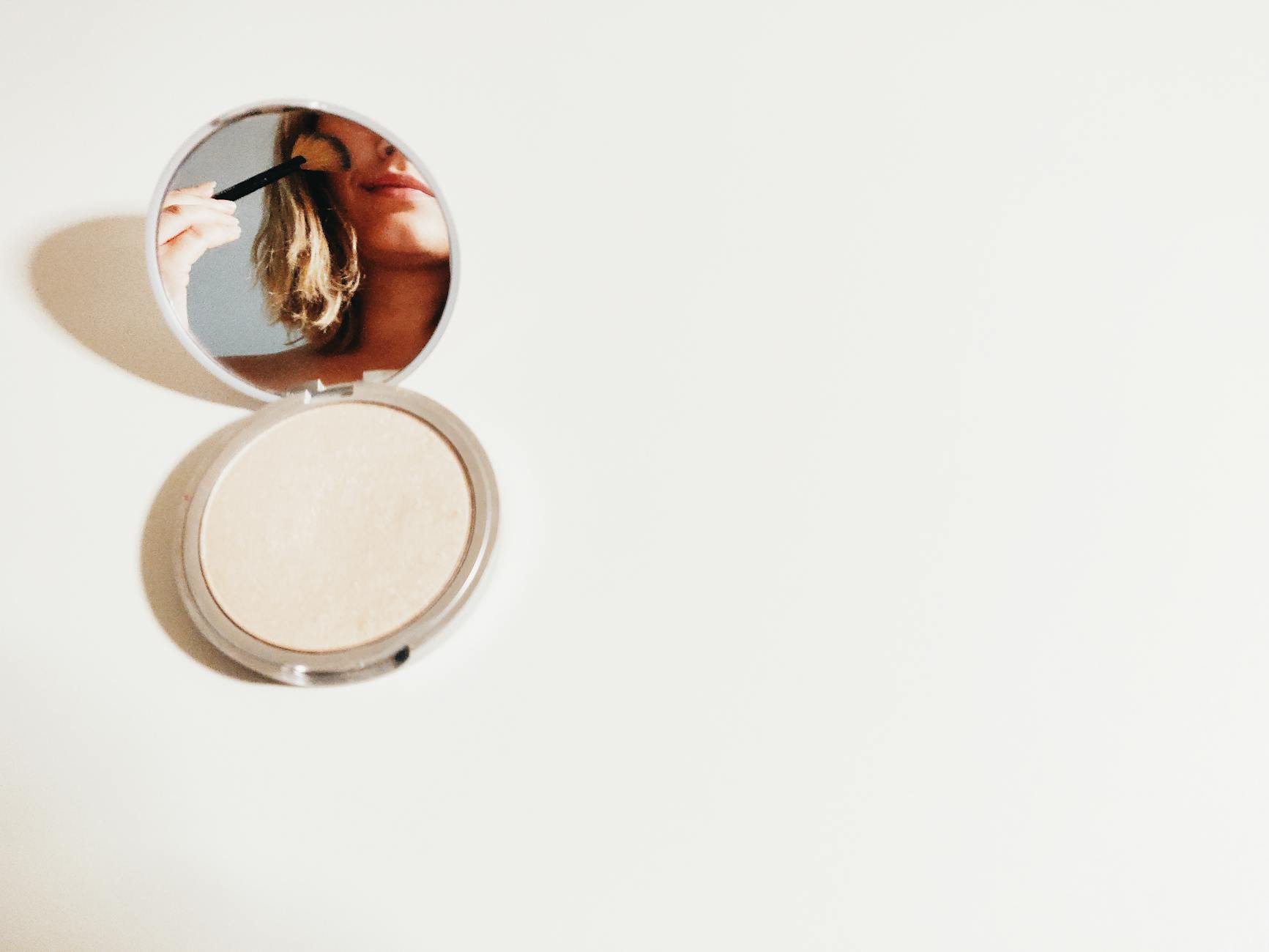How to Protect Kids from the Sun in Australia’s Outdoor Learning Spaces

Recognizing Sun Risks
As a science educator in Brisbane, it's crucial to frame discussions on sun safety with high school students around practical and relatable experiences. Sun exposure is a pressing issue, especially in learning spaces like those at the South Bank Parklands, where outdoor environmental activities are common. With their various open areas, these settings can pose a risk if precautions aren't taken.
Identifying High-Exposure Areas
Consider the playgrounds and sports fields as the top culprits for high sun exposure during school hours. Direct sunlight impacts these areas significantly, emphasising the importance of protective measures during breaks and physical education classes. Encourage students to identify these high-exposure zones within their school, fostering awareness and proactive protection.
Times and Seasons of Concern
The timing of outdoor activities is equally essential. In Brisbane, the sun's rays are strongest between 10 AM and 4 PM, especially during the summer months. Activities scheduled during these hours should either be relocated to shaded areas or, if unavoidable, ensure adequate sun protection measures are in place, such as applying baby sunscreen, which is gentle yet effective, even for extended outdoor lessons.
Different UV Levels Explained
Delving into UV levels with students can be engaging when approached interactively. Demonstrations with everyday objects, like UV-sensitive beads, can visually illustrate UV intensity and its variance throughout the day. Introduce zinc sunscreen as a robust choice for prolonged outdoor activities. It's effective for everyone, from young students exploring the Mt Coot-tha Botanic Gardens to surf instructors who need long-lasting protection while teaching. Understanding these concepts enhances student safety and cultivates environmentally aware habits.
Choosing the Right Sun Protection
As we bask in Brisbane’s glorious sunlight, the need for effective sun protection becomes clear, especially for outdoor enthusiasts like surf instructors and students. Choosing the right natural sunscreen is crucial for ensuring robust protection while maintaining an environmentally conscious approach. Natural sunscreens, free from harmful chemicals, prevent skin damage and safeguard marine life. They’re an excellent choice for those spending ample time in the ocean, like at the scenic South Bank Parklands, ideal for outdoor activities.
When selecting sunscreen, consider the benefits of broad-spectrum formulas, which shield us from both UVA and UVB rays. This dual protection is essential to prevent short-term sunburn and long-term skin damage—vital for those guiding students in water sports, where sun exposure is constant.
Furthermore, ensuring water-resistant sunscreen is key when engaging in water-based activities. The waves may wash away non-resistant formulas, diminishing their effectiveness. Always check the label for terms like "very water-resistant," ensuring prolonged protection during active sessions.
Understanding SPF ratings can seem daunting, but it’s quite straightforward. SPF 30 blocks approximately 97% of UVB rays, while SPF 50 blocks about 98%. Educating fellow surf instructors and students about these ratings empowers them to make informed choices, enhancing their awareness of effective sun safety practices and reinforcing the importance of reliable sun protection.
Sun Protective Clothing for Kids
Choosing Lightweight Fabrics
In our education programs at the Mt Coot-tha Botanic Gardens, one of the key lessons we share is selecting the right fabric for sun protection. Lightweight and breathable materials, like cotton or linen, are ideal during warm days as they help keep kids cool while providing a layer of defense against harmful UV rays. These fabrics are essential during outdoor activities, ensuring comfort without compromising on protection.
The Role of UV Protection Clothing
UV protection clothing has become increasingly important, especially here in Australia where the sun's intensity can be particularly high. These garments are designed with fabrics that have a UPF (Ultraviolet Protection Factor) rating, similar to SPF in sunscreens. Clothing with a higher UPF offers greater protection, and it's vital to educate kids on the benefits of wearing such gear when exploring the outdoors, much like how we incorporate it into our biodiversity lessons.
Hats and Sunglasses for Maximum Cover
A wide-brimmed hat is an essential accessory for safeguarding delicate facial skin from direct sunlight. During our sessions at the Queensland Museum and Science Centre, we emphasize the importance of this simple piece of apparel. Complementing hats with sunglasses also helps shield young eyes from UV exposure, maintaining ocular health during beach adventures and backyard play. Just as we stress the use of reef safe sunscreen, these protective measures are non-negotiable for holistic sun safety.
Educating Kids About Sun Safety
Fun and Interactive Learning Activities
Teaching sun safety to children can be both engaging and educational. As a science educator with a passion for sustainability, I find that incorporating games and interactive sessions can effectively convey these vital lessons. For instance, activities like creating sun-sensitive art can spark conversations about UV rays and their effects. You can also organise outdoor adventures involving kids sunscreen, encouraging them to apply it before heading out, making this practice an integral part of their outdoor play.
Involving Parents and Teachers
Involving both parents and teachers is crucial for reinforcing sun safety habits that children can carry throughout their lives. Educators can schedule workshops using resources from institutions like the Queensland Museum and Science Centre, where interactive exhibits can help families understand the science behind sun protection. Meanwhile, teachers can implement programs where kids receive badges for consistent application of sun protection, creating an encouraging environment for these practices.
Setting a Routine for Sun Safety
Establishing a routine is key to ensuring children adopt and maintain sun safety habits. By incorporating daily sun protection tasks, such as applying sunscreen before morning classes or outdoor activities, educators can build these practices into children's schedules seamlessly. Furthermore, using educational anecdotes about past sun safety mishaps can offer relatable lessons. For instance, sharing stories about sunburn incidents can illustrate the importance of regular sunscreen application.
Incorporating these strategies not only enlightens young minds about sun safety but also equips them with habits that contribute to their lifelong well-being.
Avoiding Common Sun Safety Mistakes
Misapplication of Sunscreen
A common mistake in sun safety education is the misapplication of sunscreen. It's vital for students to understand the proper application technique. When we take classroom excursions to South Bank Parklands, I ensure students apply an adequate amount of sunscreen at least 20 minutes before sun exposure. Using the 'teaspoon method'—one teaspoon of sunscreen for each limb, front and back of the torso, and the face—helps students measure the correct amount. This simple approach, shared during our excursions, not only safeguards their skin but also instills lifelong sun safety habits.
Neglecting Reapplication
During engaging activities at venues like the Queensland Museum and Science Centre, it's easy for students and educators to forget reapplying sunscreen. Reapplication is essential, especially after swimming or sweating, to maintain protection. I recount a story of a fellow educator who, during a school trip to the Mt Coot-tha Botanic Gardens, reminded students to reapply after lunch, which prevented sunburn despite a full day outdoors. Repetition and reminders build a habit of vigilance.
Ignoring Overcast Conditions
A key oversight in sun protection is assuming cloud cover equates to safety. Even on overcast days, up to 80% of UV rays can penetrate clouds, posing a risk. Educators can illustrate this during outdoor activities at the botanic gardens by explaining how UV rays affect skin, regardless of the weather. This nuanced understanding empowers both students and educators to prioritise sun protection consistently, reinforcing the importance of proactive measures like broad spectrum sunscreen year-round.


